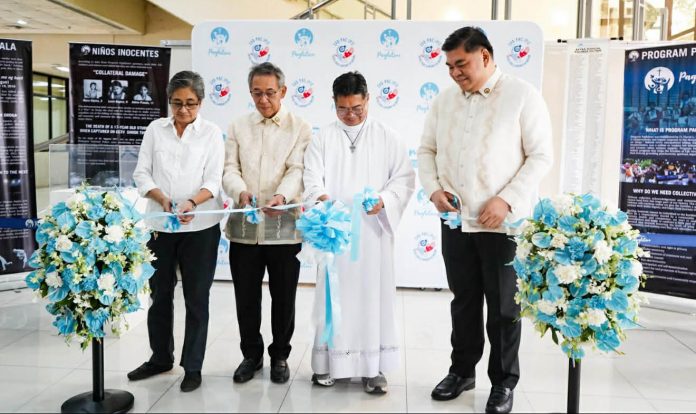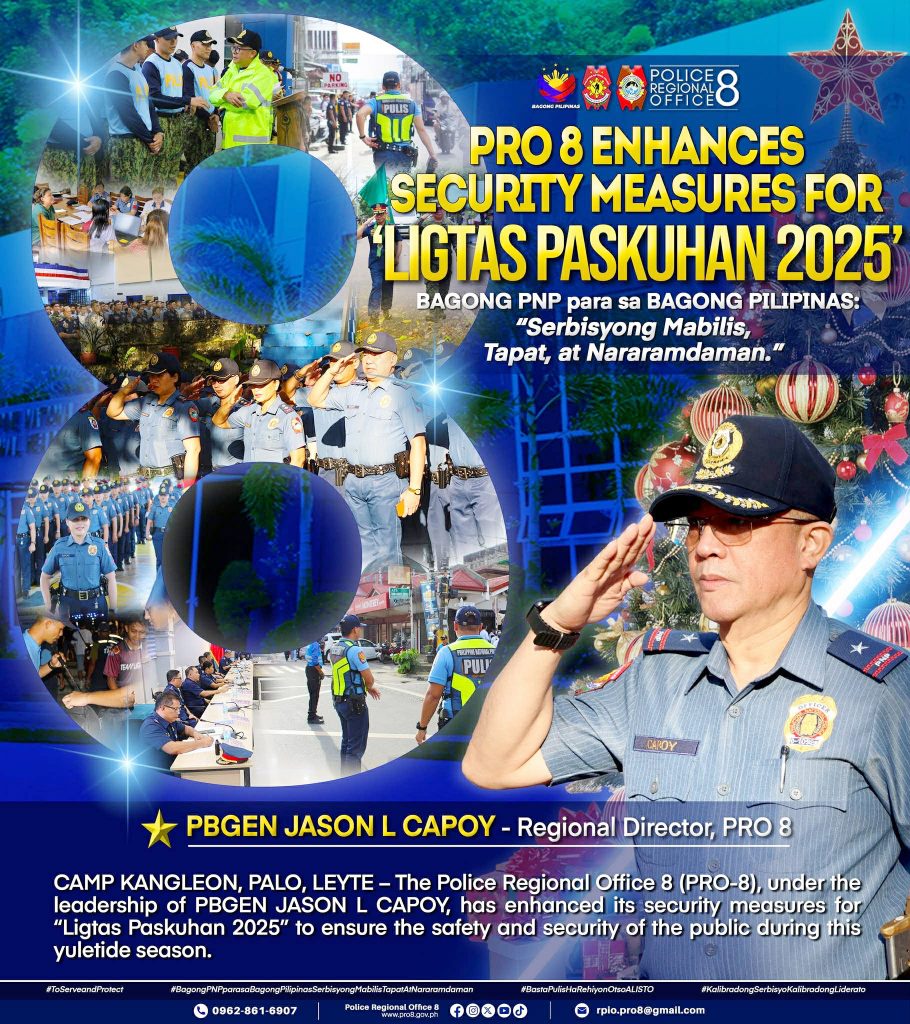The entrepreneurial landscape, often romanticized as a meritocratic arena where innovation and hard work triumph, is in reality deeply shaped by cultural norms and societal structures. Nowhere is this more evident than in the persistent gender disparities that continue to hinder women’s participation and success in the entrepreneurial world. While the challenges faced by women entrepreneurs vary significantly across cultures, a common thread weaves through their experiences: the complex interplay between gender, culture, and the entrepreneurial journey.
In many societies, deeply ingrained cultural norms dictate traditional gender roles, limiting women’s access to education, resources, and opportunities. These limitations often manifest in several ways. Access to capital remains a significant hurdle for women entrepreneurs globally. Studies consistently show that women-led businesses receive less funding than their male counterparts, even when controlling for factors like business plan quality and market potential. This disparity is often attributed to unconscious bias among investors, who may subconsciously perceive women as higher risk or less capable. Cultural biases further complicate matters, with some cultures placing greater emphasis on male authority and decision-making, making it more difficult for women to secure financial backing.
Beyond access to capital, women entrepreneurs frequently face challenges related to networking and mentorship. Many professional networks are still dominated by men, creating an environment where women may feel excluded or marginalized. The lack of female mentors and role models can also be detrimental, leaving women without guidance and support as they navigate the complexities of starting and growing a business. Cultural expectations surrounding women’s roles in the family and community can also limit their ability to dedicate the necessary time and energy to their entrepreneurial pursuits. The expectation that women should prioritize family responsibilities over their careers can create a significant barrier to entrepreneurial success.
The impact of cultural norms extends beyond access to resources and support. The types of businesses women choose to start are often influenced by cultural expectations. Women may be steered towards industries perceived as traditionally “feminine,” such as childcare or beauty, limiting their opportunities in higher-growth sectors. This self-selection, often driven by societal pressures, can further contribute to the gender gap in entrepreneurial success. Moreover, the societal perception of women entrepreneurs can also play a role. Women may face skepticism or doubt from potential clients, investors, or even employees, who may underestimate their capabilities or question their authority. This implicit bias can create significant challenges in building trust and credibility.
However, the picture is not entirely bleak. In recent years, there has been a growing recognition of the importance of gender equality in entrepreneurship. Many organizations and initiatives are working to address the systemic barriers that hinder women’s participation and success. These efforts include providing access to funding, mentorship, and networking opportunities specifically designed for women entrepreneurs. Furthermore, the rise of social entrepreneurship and businesses focused on social impact has created new avenues for women to leverage their skills and passions to create positive change.
The cultural context significantly influences the effectiveness of these initiatives. In cultures with strong patriarchal norms, changing deeply ingrained beliefs and attitudes requires a multi-pronged approach that engages with community leaders, religious institutions, and educational systems. Empowering women through education and skill-building is crucial, as is fostering a supportive environment that encourages female entrepreneurship. Celebrating successful women entrepreneurs as role models can inspire future generations and challenge traditional gender stereotypes.
In conclusion, the relationship between gender, culture, and entrepreneurship is complex and multifaceted. While significant progress has been made in promoting gender equality in the entrepreneurial world, persistent cultural barriers continue to hinder women’s participation and success. Addressing these challenges requires a concerted effort from governments, organizations, and individuals to dismantle systemic inequalities, promote inclusive policies, and foster a supportive environment where women can thrive as entrepreneurs. Only then can the true potential of female entrepreneurship be unleashed, enriching economies and societies worldwide. The journey towards a truly equitable entrepreneurial landscape is a long and challenging one, but the rewards – both economic and social – are immeasurable.
————–
If you have any questions or would like to share your thoughts on the column, feel free to send an email to jca.bblueprint@gmail.com. Looking forward to connecting with you!






Why we rejoice in Advent
THE 3rd Sunday of Advent is usually dubbed as Gaudete Sunday (Rejoice Sunday) because the Entrance Antiphon of the Mass for that day starts with the joyful greeting, “Rejoice in the Lord always; again I say, rejoice! The Lord is near.” (Phil 4,4-5)
We are clearly encouraged to be happy as the birth of Christ is now fast approaching. But we have to know what this true Christian joy is. It simply is not a cheap and shallow one, the effect of feasting and bright and colorful decors with music and caroling all around. Rather, it should be the effect of a clean heart that gives the most appropriate welcome to Christ.
Thus, in the gospel of the Mass, we are somehow reminded of the need for repentance, an act of general spiritual and moral cleaning, so Christ would be most happy to enter into our lives.
The gospel is about John the Baptist, the precursor of Christ, who when asked by the Jews who he was, clearly said, “I am, as Isaiah prophesied, a voice that cries in the wilderness: Make a straight way for the Lord.” (Jn 1,23) That, though not in so many words, means that John the Baptist is appealing for repentance from everyone, an appeal that given the temper of the times, can be described as a “cry in the wilderness.”
And so, even if the season of Advent is in general marked by a spirit of sacrifice as preparation for the coming of Christ, it also should be characterized by joy. Joy is what we all actually long and yearn for. We want to be happy. Glee and bliss are the unspoken ultimate goal we want to attain. But how should we do it? That’s the problem.
Especially now when we are bombarded with all sorts of trials, challenges, pressures, we end up harassed, losing joy and peace easily and for extended periods, reacting to things with tension and irritation, and often plunging into despair and depression.
In reaction to this predicament, many people resort to deceptive quick-fixes and other forms of escapism—alcohol, drugs, sex, isolation or wild lifestyle—not knowing they are just poising themselves for an uglier crash.
We need to clarify some basic issues here, since we seem to be in the middle of a thickening confusion and drifting to a kind of hell on earth. Mental cases are piling up, some studies report, indicating many people do not anymore know how to cope with their situation.
We have to learn how to find joy then, its true source, the one that can be attained and felt whatever setting we may find ourselves in. Joy should not be based only on some shallow and shifty ground, like our physical, emotional or social conditions. They are very unreliable foundations, and can be very dangerous.
True Christian joy can only be an effect of repentance, a sincere return to Christ who gives us all that we need to regain our true dignity. And repentance should not be a difficult thing to do. All we need to do is just to say as sincerely as possible that we are sorry for our sins. Better yet, we go to confession, the sacrament that clearly gives us the divine absolution for our sins.
And even if at the back of our mind we somehow know that we would still fall into sin sooner or later, we should not be hindered in expressing repentance as often as necessary, since God always forgives. He always understands and is compassionate and merciful. Of course, on our part, we should try our best not to abuse the goodness of God.